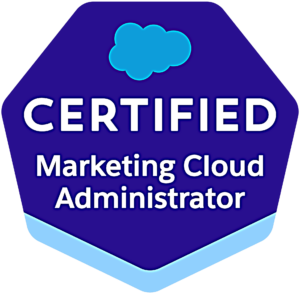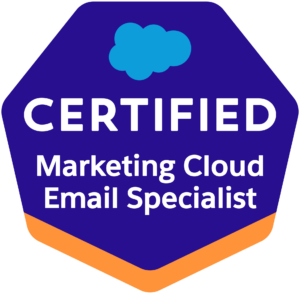In the marketing world, we hear ‘content is king’ for products, services, and especially marketing communications. Consumers and businesses are hungry for information, and creating content has a lot of benefits in our digital world. From Instagram posts to YouTube videos, webinars and blogs, businesses can grow their sales pipeline with good content. The problem is, it’s not an easy task: from getting the right message, the right words, the right images and the right place, good content is a lot of work.
To start, there are three key pieces businesses need to know.

Know why you’re spending time creating content
When I meet with businesses, they tend to tell me about what they want to do. This is great info, but normally we need to back-up the conversation to understand why we are going down this path. There’s also a lot of investment that comes with building solid content – time, resources, and money. In many cases, businesses want to do what others are doing, without knowing how it will line up to what their own business needs. Starting with the objective helps shape the content strategy of what are we producing, where will it go, how will we get it in front of the customers the business wants, and how it will work with other communications. Knowing what the business is trying to address will also inform what type of content is needed. If the business has a problem that no one knows their brand or has a bad perception of it, the content may be an entertainment piece. That piece would have different results than say a webinar, which is an informational tactic used to generate leads. They both work for their own purpose, but the approach needs to line up with the business goals.
Know who you’re writing for
Having created content for many companies, I’ve come across a similar pattern. When people are writing content for their LinkedIn profile or posts for a website, many times people write in a style that’s great for themselves, but not necessarily their clients. Far too often I’ve seen people write in their industry jargon (without realizing it!) and their materials are difficult to read as they’ve written it in a formal, education style. This type of writing may have an appropriate time and place, but when trying to attract clients, this content isn’t always understood by the target audience. News outlets are a great example of generating accessible content. Some news journalists in Western Canada may write at an elementary grade level, which is done intentionally to reach a wide audience. Even though their staff is capable of writing much more sophisticated content, their articles can be understood whether a person has a basic or advanced level of English.
Know how you’re going to build a relationship with your target
Many times we start creating content with a selfish intent: getting more sales, generating traffic, building brand awareness, improving our organic search rankings. Those are great ways to measure the results and justify a budget, but the best place to start is looking at pain points or topics clients can relate to. An easy way to find this out is identifying the repetitive conversations a business has with clients and prospects. I find sales and operations teams are amazing at generating ideas for content, because of how many touch points they have with people. They know how to talk to them, what they need, and the solutions to make their lives better. Asking these client-facing teams for their stories, what they hear from customers and their thoughts is a great way to start getting ideas for content. For startups and entrepreneurs, the key is to listen. By joining social media groups and forums, looking at competitors, signing up for events – getting into the communities where your target market hangs out is a good start. If a company wants to target moms, they can join some Facebook groups and watch for patterns on what they post about, their problems, and how they communicate. In as little as a week, the business can see what topics come up, what problems the prospects face and what type of content is being shared within their circles.
Thinking through these three points will help a business focus on creating good content. Once these items have been addressed, creating relevant material is easier. Stay tuned for our next blog on how to put pen-to-paper, fingers-to-keyboard, to write the actual content.
Sensible Marketer Inc is a marketing consulting firm working with startups to enterprises, to better use customer insights in marketing, advertising and decision-making practices. If you need help with your content strategy and development, we’re here to help.
Contact us today for a coffee chat to discuss how we can work together.



